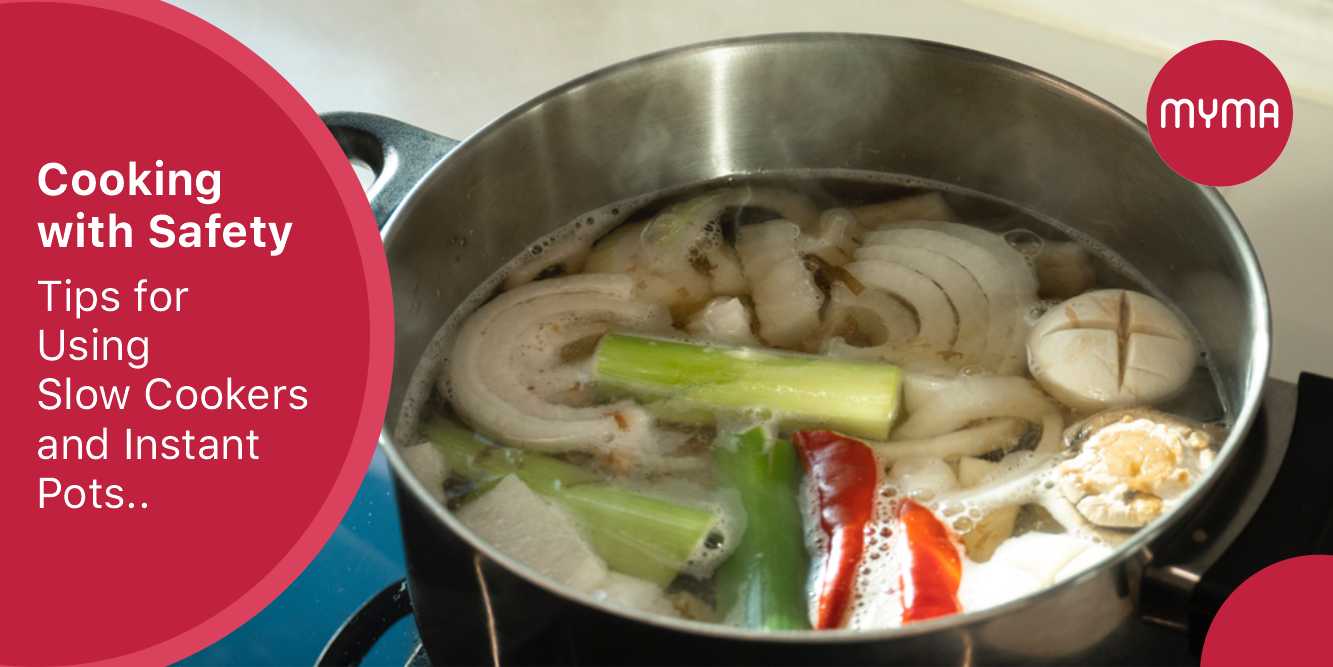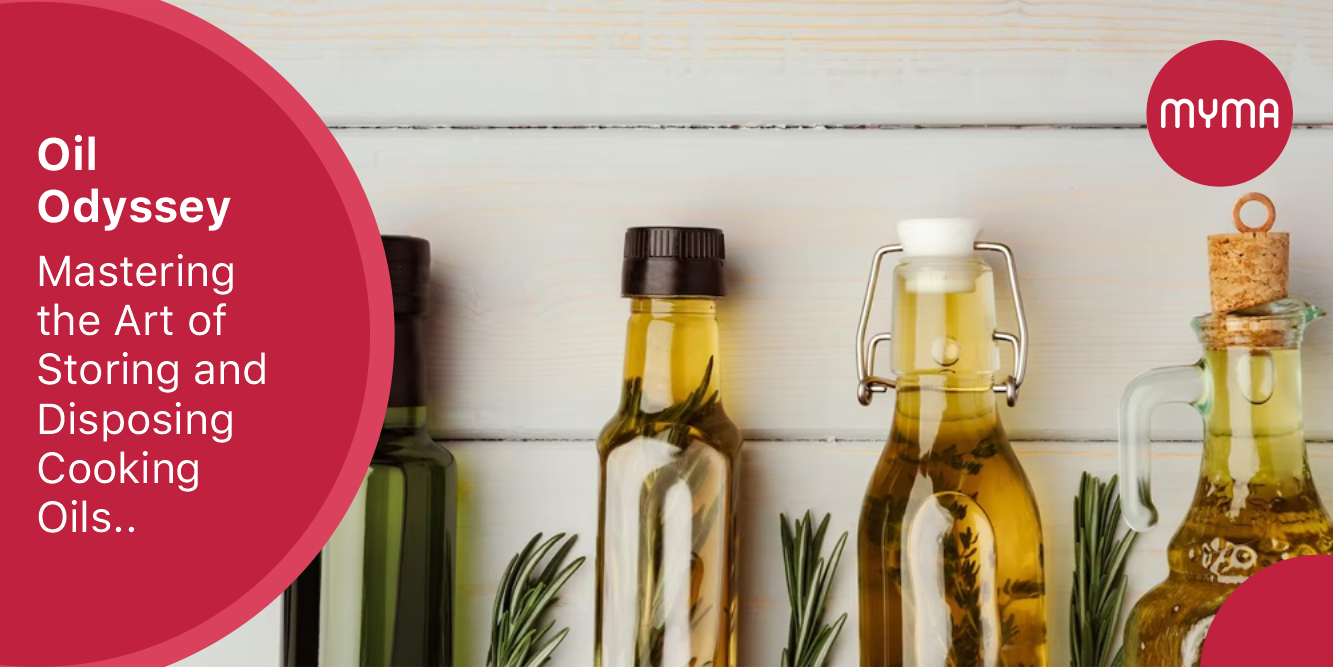Cooking in a slow cooker or an instant pot can be a convenient way to prepare meals, but it’s important to practice safe cooking practices to avoid foodborne illnesses. In this blog post, we will discuss the best safe cooking practices for slow cookers and instant pots. By following these tips, you can ensure that your meals are both delicious and safe to eat.
1: Understanding Slow Cookers and Instant Pots
Before we dive into safe cooking practices, it’s important to understand how slow cookers and instant pots work. Slow cookers are designed to cook food at a low temperature for a long period of time, while instant pots use pressure to cook food quickly. Both of these appliances can be great for preparing meals, but they require different cooking methods and safety precautions.
2: Choosing the Right Ingredients
Choosing the right ingredients is an essential part of safe cooking in a slow cooker or instant pot. You should always use fresh ingredients and avoid using ingredients that have passed their expiry date. When cooking meat, make sure to purchase it from a reputable source and keep it refrigerated until you’re ready to cook it. Additionally, be sure to wash all fruits and vegetables thoroughly before using them in your slow cooker or instant pot.
3: Preparing Your Food
Proper preparation of your food is crucial to safe cooking in a slow cooker or instant pot. Cut your ingredients into small, uniform pieces so that they cook evenly. When cooking meat, sear it in a pan before adding it to your slow cooker or instant pot. This will help to kill any bacteria on the surface of the meat and ensure that it’s safe to eat.
4: Using Your Slow Cooker or Instant Pot Safely
It’s important to use your slow cooker or instant pot safely to avoid burns and other injuries. Always use oven mitts or pot holders when handling the appliance, as the exterior can become extremely hot during use. When using an instant pot, be sure to follow the manufacturer’s instructions carefully to avoid overfilling the appliance.
5: Monitoring Your Cooking
Monitoring your cooking is an essential part of safe cooking in a slow cooker or instant pot. You should never leave your appliance unattended while it’s cooking, and be sure to check the temperature regularly to ensure that your food is cooking properly. If your slow cooker or instant pot has a timer or auto-shutoff feature, be sure to use it to avoid overcooking your food.
6: Storing Leftovers
Storing leftovers properly is crucial to avoiding foodborne illness. Be sure to refrigerate any leftovers promptly, and store them in airtight containers. Leftovers should be consumed within three to four days, and reheated to an internal temperature of 165°F to ensure that they’re safe to eat.
7: Cleaning Your Slow Cooker or Instant Pot
Proper cleaning of your slow cooker or instant pot is important to prevent the growth of harmful bacteria. Always unplug your appliance before cleaning it, and wash the removable parts with hot, soapy water. The exterior can be wiped down with a damp cloth. Be sure to clean your appliance after each use to keep it in good working condition.
8: Conclusion
In conclusion, cooking in a slow cooker or instant pot can be a convenient way to prepare meals, but it’s important to follow safe cooking practices to avoid foodborne illness. By choosing the right ingredients, properly preparing your food, using your appliance safely, monitoring your cooking, storing leftovers properly, and cleaning your appliance, you can ensure that your meals are both delicious and safe to eat. Remember to always prioritize food safety when cooking in a slow cooker or instant pot.
Myma… Ghar jaisa nahi, Ghar ka khana!





